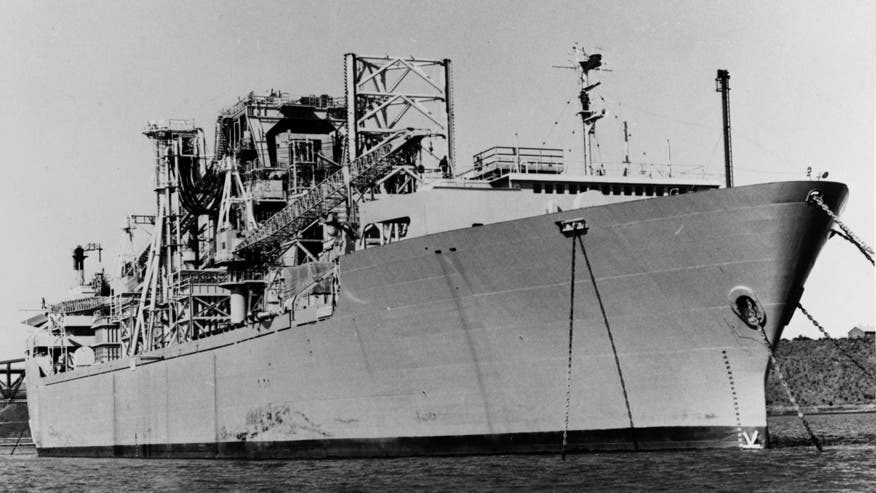An amateur paleontologist may have made the discovery of the summer last month when she found a jaw bone belonging to a long-snouted fish known to exist more than 220 million years ago.
Stephanie Leco was part of the first dig for citizens held last month at at Arizona’s Petrified Forest National Park. The park routinely turns up fossils from the age of the dinosaurs and has vast expanses of rainbow-colored desert.
The fossil is about the same size of a pinky fingernail. It was unearthed from the site of what was a lake or pond in the Late Triassic period, when the fish were thought to be extinct in North America. Scientists knew closely related fish were present in the world in the Early Triassic period, about 10 million years earlier, but the fossils were found only in China in the Late Triassic, said park paleontologist Bill Parker.
"People who actually study this group of fish might start setting their sights in our direction now," he said.
Leco was sifting through loose dirt on a barren hillside using her background in art to differentiate colors, patterns and textures among bones, rocks and charcoal when she targeted an area looking for smaller objects. She already had several small teeth in her collection and was marveling at the tibia of a plant lizard that another digger found before coming across the jaw bone. Not exactly sure what it was, she handed the fossil over to Matt Smith, the park’s lead fossil preparer, and asked what it was.
"I don't know, that's why it's cool," he responded.
The two wrapped the bone, placed it in a tin and took it to the lab, looking at it more closely under a microscope, she said. The park later emailed her to say it was a fish closely related to the genus Saurichthys.
"Okay, it wasn't a T-Rex," Leco, a Phoenix resident, wrote in an email to The Associated Press. "But, honestly, I feel like this is much cooler!"
The 26-year-old said she’s since developed an even deeper fascination with paleontology and bought a couple of books on the Triassic period so that she can speak with authority about her find. The period, which started about 250 million years ago and lasted 50 million years, followed the largest extinction of life on Earth when the land mass was a single continent and had the first dinosaurs.
The full jaw of the fish would be about three to four times longer than the fossil Leco discovered, Parker said. He said other fossils of the fish might also be found on the East Coast and on the Colorado Plateau where similar rock is exposed.
Ben Kligman, a senior at the University of California, Berkley, has been studying the pond site preserved in a six-inch layer of rock. He plans to return to Petrified Forest next summer to look for a full fossil of the fish to determine whether or not it's a new species. What he didn't know before Leco found the jaw bone is that he already had smaller pieces of the fish that he couldn't identify as such, he said.
"Although it's probably a new species, we can't say that it is yet because we don't have enough specimens," Kligman said.
Other citizens participating in the August digs found the vertebrae of a long-necked lizard first uncovered in the park last year and the teeth of a large carnivorous reptile, both considered rare in the park's fossil record. Their names will accompany the collections at the park, which will use them to reconstruct the habitat of the pond and get a better idea of where the animals fell in the food chain, Parker said.
"Anytime we can fill in gaps in the fossil record, it's really important," he said. "People who don't study Triassic fish may not be excited. The fact you can find new stuff is the real takeaway."
The Associated Press contributed to this report.












